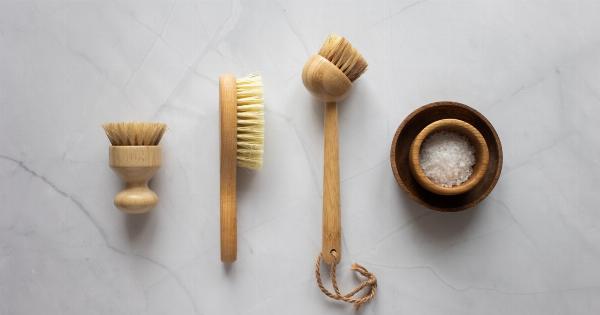Appendicitis is a common condition in children that typically requires surgery for treatment. However, in some cases, managing appendicitis without surgery may be possible.
This article will explore alternative approaches to managing appendicitis in children without resorting to surgery.
Diagnosis
Diagnosing appendicitis in children can be challenging, as the symptoms can be vague and mimic other conditions. However, a thorough medical history, physical examination, and imaging tests can help in confirming the diagnosis.
It is important to rule out other conditions that may present similarly to appendicitis.
Antibiotic Therapy
One approach to managing appendicitis in children without surgery is the use of antibiotic therapy. Administration of broad-spectrum antibiotics can help in reducing the inflammation and infection associated with appendicitis.
This approach can be effective in mild or early cases of appendicitis.
Close Observation
In cases where the diagnosis of appendicitis is uncertain, close observation can be an option. This involves monitoring the child’s symptoms and vital signs over a period of time.
If the symptoms worsen or persist, surgical intervention may become necessary. However, in some cases, the symptoms may resolve on their own, indicating a non-surgical treatment outcome.
Fluid and Bowel Rest
Another non-surgical management approach for appendicitis in children involves providing fluid and bowel rest. This means the child is kept nil by mouth to rest the gastrointestinal system.
Intravenous fluids and supportive care are provided to maintain hydration and nutrition. This approach can help in reducing the inflammation and allowing the appendiceal tissue to heal naturally.
Pain Management
Pain management is an essential aspect of managing appendicitis in children without surgery. By using age-appropriate pain medications, such as nonsteroidal anti-inflammatory drugs (NSAIDs), the child’s pain can be controlled.
This not only helps in keeping the child comfortable but also aids in the recovery process.
Expert Consultation
Consultation with a pediatric surgeon or gastroenterologist is crucial when considering non-surgical management of appendicitis in children.
These specialists have the expertise to evaluate the severity of the condition and recommend the most appropriate course of action. Their guidance is essential for monitoring the child’s progress and ensuring the success of non-surgical management.
Complications and Follow-up
Even when managed without surgery, appendicitis can still lead to complications. Therefore, close follow-up with healthcare professionals is necessary.
The child should be regularly monitored for any signs of worsening symptoms, such as persistent abdominal pain, fever, or changes in bowel habits. If any complications arise during the course of non-surgical management, immediate intervention may be required.
Success Rates and Limitations
Non-surgical management of appendicitis in children has shown varying success rates and limitations. The success of this approach highly depends on the timely diagnosis, severity of the condition, and the individual child’s response to treatment.
While some cases may resolve without surgical intervention, others may eventually require appendectomy, albeit delayed.
Conclusion
In certain cases, managing appendicitis in children without surgery is a viable option. Antibiotic therapy, close observation, fluid and bowel rest, pain management, and expert consultation are among the strategies employed for non-surgical management.
However, it is important to recognize the limitations and closely monitor the child for any signs of complications. Surgical intervention may still be necessary in some cases.






























